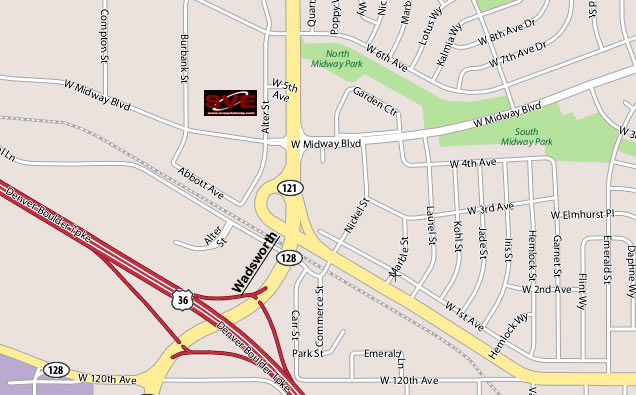Auto body repair is a critical aspect of maintaining the overall health and appearance of your vehicle.

The Auto Body Repair Process: A Comprehensive Guide
Auto body repair is a critical aspect of maintaining the overall health and appearance of your vehicle. Whether you’ve been in a minor fender bender or a major collision, understanding the repair process is important to ensure a smooth and successful outcome. In this article, we’ll take a closer look at what you need to know about the auto body repair process, from start to finish.
Understanding the Damage Assessment
The first step in the auto body repair process is to assess the damage. A skilled technician will carefully examine your vehicle and take note of any dents, scratches, cracks, or other damage that needs to be repaired. This assessment will also involve an evaluation of the structural integrity of your vehicle to ensure that it is safe to drive.
Planning the Repair
Once the damage assessment has been completed, the next step is to plan the repair. The technician will determine the best course of action to restore your vehicle to its original condition, taking into account the type and extent of the damage, as well as your specific needs and preferences. The technician will then provide you with a detailed estimate of the repair costs, including any parts that may need to be replaced.
Preparing the Vehicle
Before the actual repair work can begin, the vehicle must be prepared. This may involve removing parts or components that are in the way or need to be replaced, such as bumpers, fenders, or doors. The technician will also thoroughly clean the damaged area and make any necessary preparations to ensure that the repair work is carried out effectively.
The Repair Process
The actual repair process will vary depending on the type and extent of the damage, as well as the specific repair method that has been chosen. Some common auto body repair techniques include:
- Sanding and smoothing the damaged area to prepare it for filler application
- Applying filler to restore the damaged area to its original shape
- Sanding and smoothing the filler to create a seamless and uniform surface
- Painting and priming the repaired area to match the original color and finish of your vehicle
- Reassembling any parts or components that were removed during the preparation process
The Final Inspection
Once the repair work has been completed, the technician will perform a final inspection to ensure that your vehicle is in top condition. The repaired area will be thoroughly cleaned and polished to restore its shine, and any necessary adjustments will be made to ensure that your vehicle is in top condition and ready to hit the road.
The Benefits of Professional Auto Body Repair
By choosing professional auto body repair, you can be sure that your vehicle will receive the highest quality care and attention. A skilled technician will use the latest tools and techniques to restore your vehicle to its original condition, and you’ll enjoy a range of benefits, including:
- A smoother and more efficient repair process
- A higher quality repair outcome
- A safer and more reliable vehicle
- Increased resale value and improved appearance





